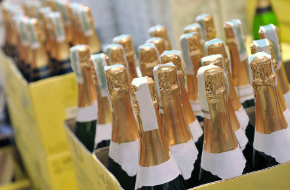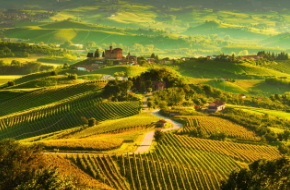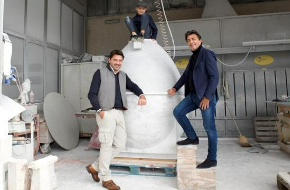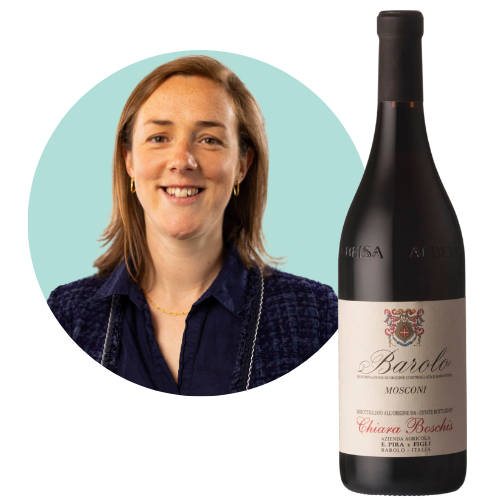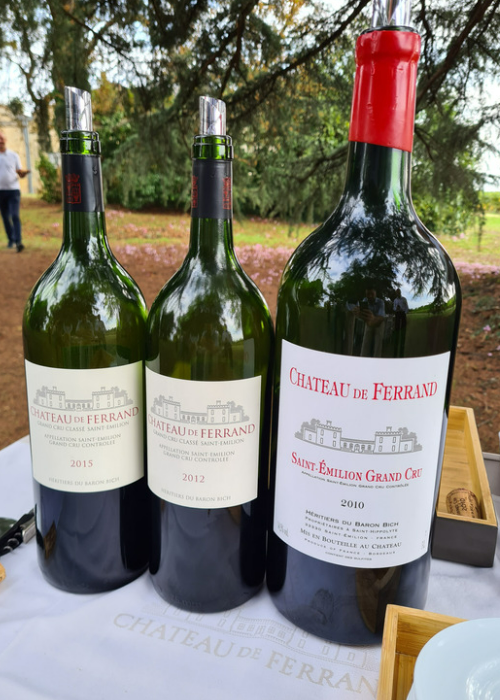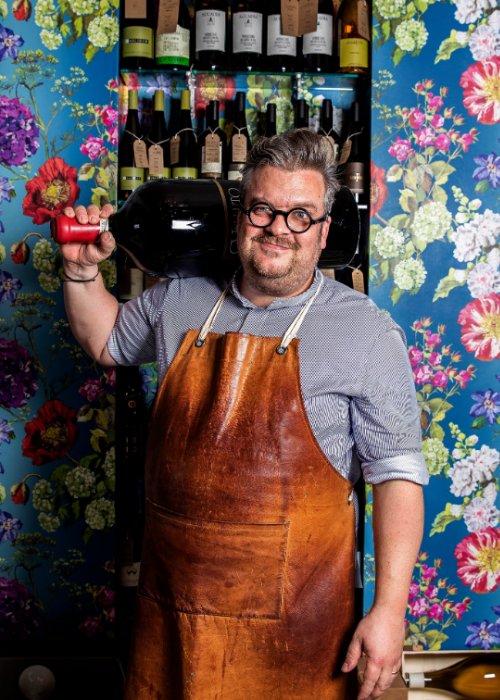First off, trends from the last few years must be taken with a grain of salt. The COVID-19 pandemic and ensuing lockdowns upended many people’s drinking habits along with other routines. Some reports indicated people bought more wine during 2020 lockdowns for in-home consumption, suggesting the two-year decline in the US could stem, in part, from a return to normality with more competition for buyers’ time and money. The recent economic downturn and inflation also lend support to the temporary nature of recent trends.
Additionally, demand for premium wines remains robust. The same SVB report showed premium wine sales in the US grew by 6% year-on-year in 2022. Other reports have also corroborated the health of this segment of the market. UK importer/distributor Jascots reported an 84% year-on-year revenue rise in 2022 with some of the strongest results coming from its fine wine range.
Part of this premium sector strength could also stem from temporary distortions in drinking habits. But it could also signal a wider, largely positive, trend for fine wine. Across different industries, more people are seeking products that deliver greater authenticity by championing small production, verified provenance, and improved sustainability. These types of values are more likely associated with premium wines rather than mass-produced bulk products. We’ve seen this trend across other alcoholic drinks; craft beer and artisanal gin are now mainstream despite often higher costs than supermarket brands.
Therefore, this trend may constitute more of an evolution of the wine industry rather than a decline. If consumers are willing to pay more for a specific wine, it also follows that they may buy less overall. The fine wine segment, in particular, should see the inherent optimism in consumers choosing for quality over quantity. This concept is at the very heart of many producers’ and promotional organisations’ message.
This isn’t to say the industry can ignore reports of declining interest among younger age groups. But rather than jump to conclusions about an existential crisis based on recent trends, the industry needs to recognise what is working and expand on this.
